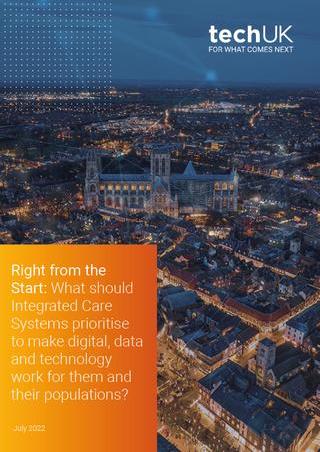Appen: Connecting people through POI data
Technology has made our world smaller than ever, in a good way. Once upon a time, we might never get the chance to meet a distant relative or may never know the current location of a pizza we ordered 30 minutes ago. Modern technology brings us closer to everything and everyone, and those connections are all facilitated by data.
Point-of-interest (POI) data has a variety of real-world applications including real-time map updates, geolocations, and helping customers find what they’re looking for quickly and efficiently. More interestingly, emerging machine learning applications go beyond getting directions to your destination.
Electric Vehicles Infotainment
Electric vehicles (EVs) use POI data in their in-cabin applications and features. As they increase in ownership each day, gas stations still greatly outnumber charging stations. When heading out for a long drive in a gas-powered vehicle, there is often no thought to pre-plan a route with gas stations. However, when driving electric vehicles, there’s a need to identify where to stop along the route to avoid running out of charge.
Some EVs provide location information of each charging station along the route and will calculate how far the vehicle can drive on its current charge. This information has been made available in large part thanks to data. AI models calculate that information and provide guidance on which route to take based on the POI data collected on the location of charging stations. Some vehicles will even reroute based on the estimated charge left. The increase in charging station accessibility might just be the key to increase ownership of EVs.
Smart Delivery Tracking
Smart delivery vehicles are also increasing in popularity and are equipped with technology to help map out their routes to deliver each item quickly and efficiently. For the consumer, Amazon has enabled a feature called Map Tracking. This provides information on where your package is, how many stops the driver will be making before delivering your package, and you can watch the route the driver is taking on a virtual map. This level of transparency allows customers to know exactly when to expect their package, especially if they want to be home to accept it.
For these types of machine learning applications to work well and provide customers with accurate information, they need up-to-date, high-quality point-of-interest or POI data.
Importance of POI Data Quality
One of the best ways to collect POI data is through a distributed crowd of freelancers. While effective, maintaining data quality when working with thousands or even a million distributed freelancers can be challenging, and getting the most recent and up-to-date POI data is critical. Business hours and whether a business is open changes rapidly, so having the most up-to-date data is critical for the quality of your POI data.
Another important point with POI data is accuracy. Many POI data sources don’t have the most accurate data because they’re pulled from open sources, which may have accuracy issues. To ensure quality, the data must be checked for quality assurance and evaluated to ensure accuracy.
Depending on how the POI data is used, the model may need different, specific data points. Data completeness and inclusivity will be important to include a specific data point about a location. POI data might include the name of the business, the opening hours, where it’s located, or services provided. But it may only offer those data points for some businesses. Reviewing the completeness of the data before deploying an artificial intelligence model is critical to its success.
POI data is connecting people and places to create a seamless, more enhanced, experience for customers and consumers.
The techUK podcast: Innovation in place-based care
In this episode we explore the concept of ‘place’ in care, the principles behind it, the impact of Covid-19 on care delivery, prospects for innovation following the introduction of Integrated Care Systems, examples of industry best practice, and where listeners can go to learn more about ‘place’ and innovation in care.
We were joined by Helena Zaum (Social Care Lead at Microsoft and Chair of techUK’s Social Care Working Group), Scott Cain (Associate at the Connected Places Catapult) and Hannah Groombridge (Healthcare Engagement Manager at Person Centred Software).
This discussion forms part of techUK’s Digital Place Week 2022 activity and features on our recently-launched Social Care Innovation Hub.

Read techUK's latest flagship report, released on Thursday's 'Health and Wellbeing' day:
Right from the start: What should Integrated Care Systems prioritise to make digital, data and technology work for them and their populations?

